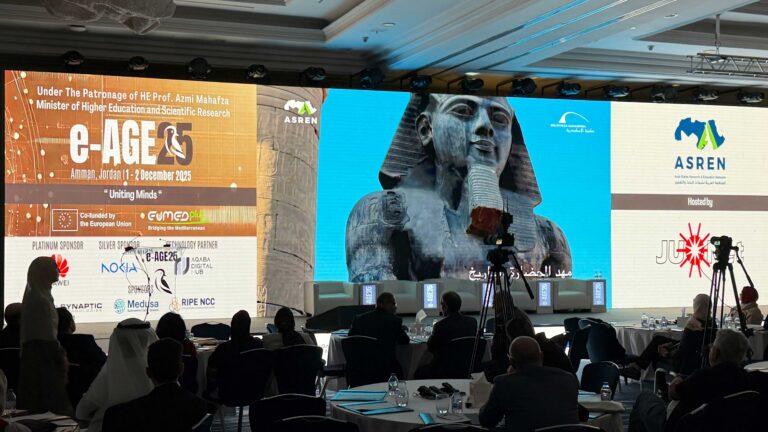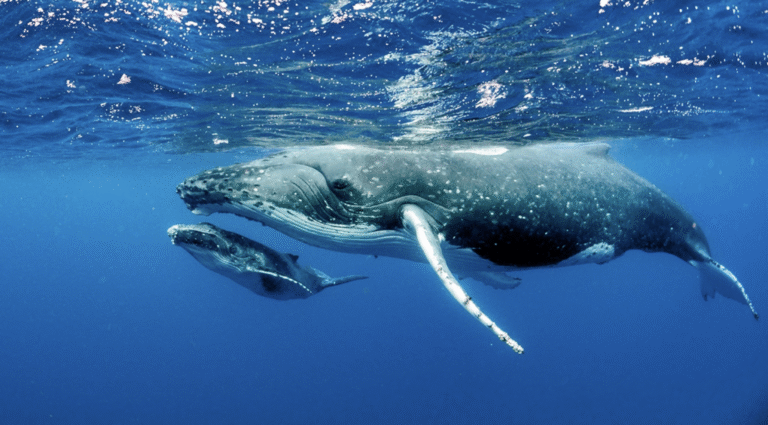EISCAT_3D radar will enhance near-Earth space research – the crucial data network is now ready
The European Incoherent Scatter Scientific Association (EISCAT) has been operating high-power ionospheric radars in the European Arctic for nearly 50 years. Besides Norway, Sweden, and Finland, also China, Japan, and the United Kingdom are association members. Furthermore, there are affiliate institutions from other countries.
The newest addition to EISCAT’s suite of instruments is called EISCAT_3D, which represents a significant advancement of radar technology for space research. EISCAT_3D will enable scientists to study the complex dynamics of the Earth’s ionosphere and upper atmosphere in unprecedented detail, volumetrically and with much improved time resolution. The new infrastructure is currently in the final stages of construction and unique in its class in the world.
EISCAT_3D will provide data to scientists who are carrying out a wide range of research on scientific topics such as auroral dynamics, computer modelling of the ionosphere and magnetosphere, atmospheric turbulence, space debris, and space weather.
EISCAT_3D consists of a transmitter/receiver site at Skibotn, Norway, and two receive only sites, one at Kaiseniemi, Sweden and the other at Karesuvanto, Finland. The powerful signal transmitted from Skibotn is scattered back from the charged particles in the ionosphere and received by the very sensitive receivers at all three sites. Each site consists of thousands of antennas, which results in a vast amount of data, which is then transported over the novel Nordic NRENs (National Research and Education Network) fibre-optical network ring. The data is collated and processed at the SUNET Data Centre Orion at Kalix in Sweden.
High-capacity network enables a single scientific instrument
This high capacity network consists of a fibre-optical ring extending over 1750 km from Narvik, Norway, to Kalix, and back to Narvik, via Finland. It is based on multi-domain and multi-vendor optical networks, all designed for very high-performance data transmission. The network forms a central part of the infrastructure of EISCAT_3D as it essentially connects the three sites into one single scientific instrument. This network infrastructure has been developed in collaboration with EISCAT, NRENs SUNET in Sweden, CSC in Finland, SIKT in Norway, and NORDUnet since 2015.
“Providing high-performance infrastructure targeted at research needs is what NRENs are all about”, says Lars Fischer, Chief Relations Officer at NORDUnet. “Supporting the EISCAT_3D instrument and seeing the impact of advanced networking in a dedicated, multi-year collaboration of NRENs, EISCAT Scientific Association and researchers has been a unique experience.”
“The network infrastructure built for EISCAT_3D is not just a service but also an integral part of the scientific instrument. Implementation of this kind of high-scale and multi-domain system has required preceding groundwork to design underlying Nordic NRENs’ optical networks based on the same principles of modern open optical line systems and very high optical performance to carry services over the distances required,” said Jani Myyry, Senior Network Specialist at CSC.” And extending fibre networks to remote areas without any previous services was a challenge in itself. Ultimately, evolved coherent transport technology and interconnected optical networks enabled the required multi-terabit connectivity from EISCAT_3D sites to the data centre.”
The required transport capacity from each antenna site is approximately 4 Tbit/s, but optimized for a maximum bandwidth of 3,6 Tbit/s. This is a 40 times higher capacity than a typical research and education network backbone. One data centre, centralised computing, capable network and three antenna sites is a much simpler solution than implementing computing and data storage resources at each site separately. This has been made possible by the highly capable data network.
“We’re proud to be powering the EISCAT_3D project with our FSP 3000 TeraFlex™ technology, facilitating high-capacity, low-latency data transmission crucial for advanced atmospheric research. Featuring our ALM platform for comprehensive fibre monitoring, the solution ensures the secure and efficient transport of vast data volumes across the Nordics. This guarantees researchers the high-speed, ultra-reliable connectivity needed to explore complex atmospheric phenomena with unparalleled detail,” commented Stuart Broome, GM of EMEA sales at Adtran. “Another key element of the project is our approach to multi-domain networking, integrating diverse platforms from different vendors while supporting the seamless exchange and management of data across the region.”
Contact
- Jani Myyry, Senior Network Specialist, CSC, jani.myyry@csc.fi
- Gareth Spence, Senior director of digital marketing and public relations, Adtran,
gareth.spence@adtran.com - Lars Fisher, Chief Relations Officer, NORDUnet, lars@nordu.net
- Simon Brown, Team Leader, EISCAT Scientific Assosiation, simon.brown@eiscat.se











